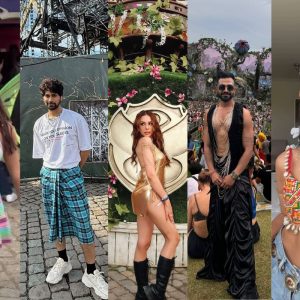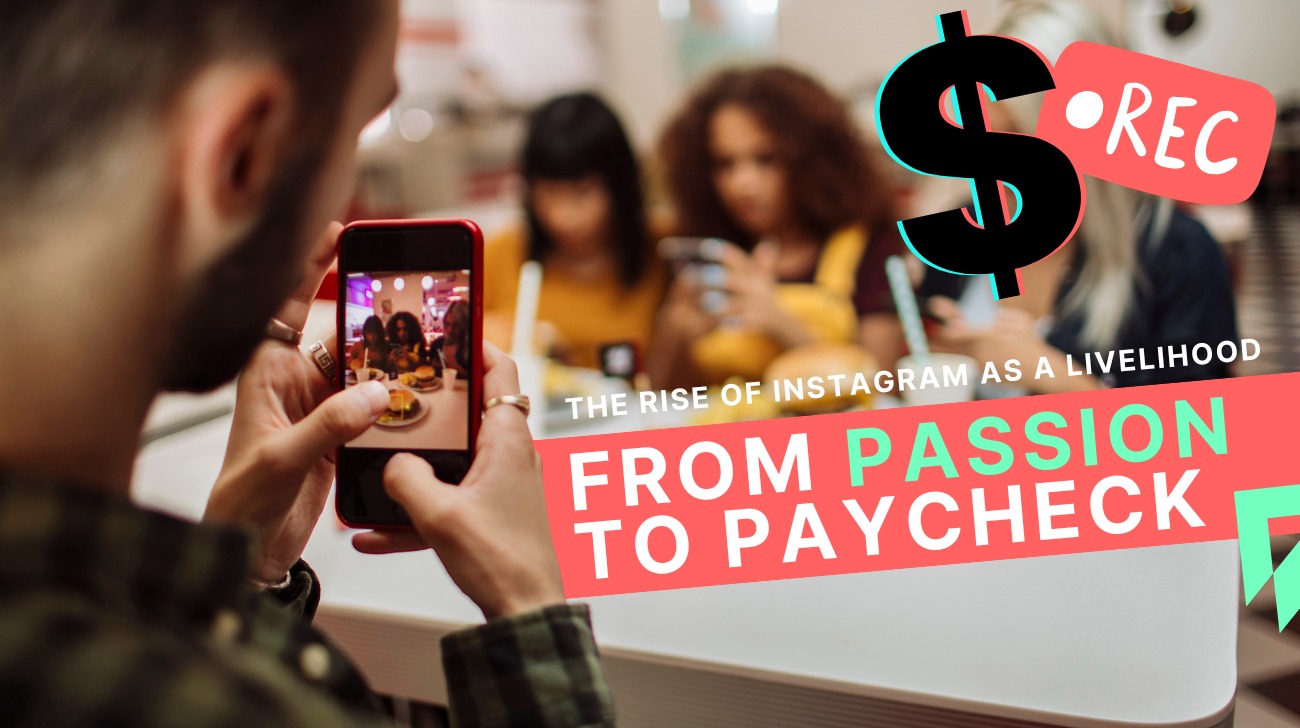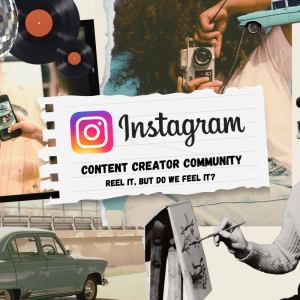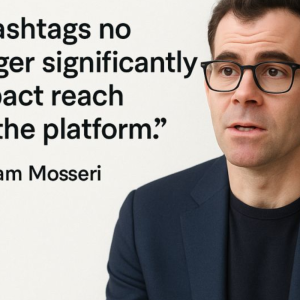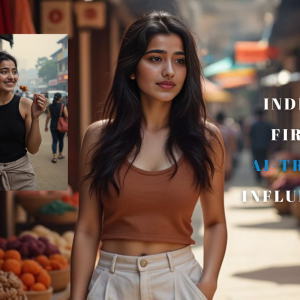As I scrolled through my Instagram feed one afternoon, a thought struck me: this app, once a simple platform for sharing photos, had transformed into a powerful economic engine for many. Content creators are not just hobbyists anymore; for some, Instagram has become their full-time job. I wanted to understand how this shift happened and what it meant for creators, businesses, and our society as a whole.
During the pandemic, in 2021, an estimated 50 million people worldwide identified as content creators, with a significant portion leveraging platforms like Instagram. Now, that’s a huge number! Let’s look at some more insights of the influencer economy.
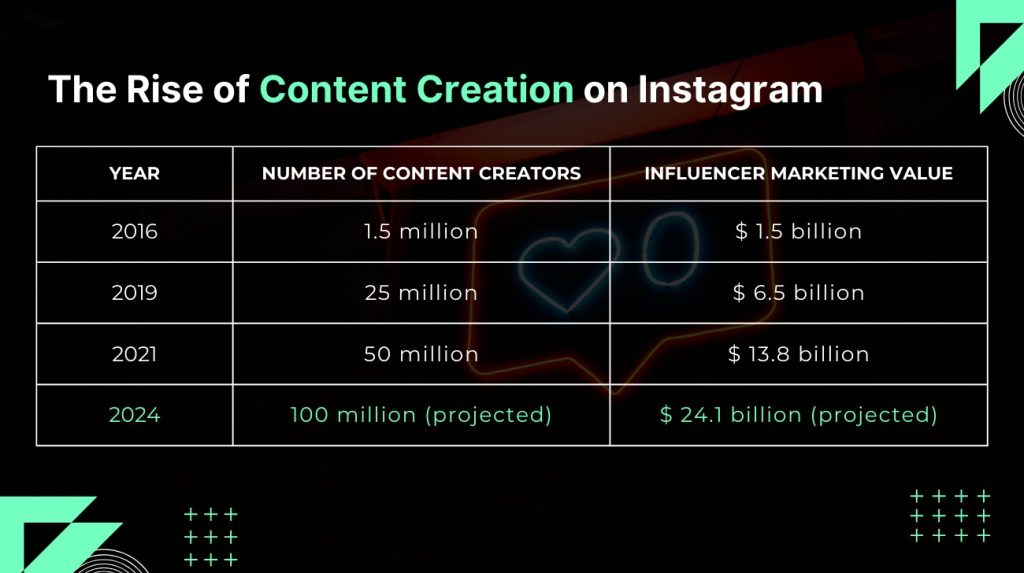
The Economic Impact
According to a report from Influencer Marketing Hub, the influencer marketing industry was valued at approximately $13.8 billion in 2021. By the end of 2024, it’s projected to reach $24.1 billion. Brands are increasingly collaborating with creators to reach niche audiences, often finding that micro-influencers (those with up to 100,000 followers) generate higher engagement rates than their celebrity counterparts.
As I analyzed these numbers, I couldn’t help but think about the creators behind the statistics. Each follower represents someone who has chosen to invest their time in that creator’s content. This personal connection drives engagement, making it an appealing option for brands looking to reach specific demographics.
Balancing Authenticity and Commercialization
A content creator’s journey isn’t without its challenges. Many creators face the pressure to maintain their authenticity while navigating brand partnerships.
This balancing act is crucial, as the audience needs to feel like they’re spending their time on something valuable and useful rather than constantly watching a sales pitch. The more relatable and shareable the posts, the higher the engagement rate, which is crucial to determine any content creator’s success or overall value.
According to GRIN, 46% of consumers prefer to follow creators who maintain a sense of authenticity. This means that creators must continually engage with their followers and ensure their content feels relatable, despite the commercial aspects.
The Future of Content Creation
As I reflected on these insights, I began to consider the future of content creation. With the rise of AI-generated content and evolving algorithms, will creators continue to thrive? Or will they face challenges that could undermine their livelihoods?
This could go two ways: Either AI will make content creators’ work so easy that they’ll be able to churn out even more content with more ideas and faster execution, which means more earnings for them; or it will create way too many content creators which will start diluting the entire industry, making brands go back to traditional marketing mediums or look for newer pastures in order to stand out.
This unprecedented surge of content creators could also lead to burnout for the audience and take away the novelty factor. Who to follow, who to trust and how much content to consume? These dilemmas might drive all of us mad.
We’re already overloaded with too much content to consume on a daily basis and this overwhelming increase in content production could affect everyone adversely. Content creators too will start making lesser money as supply will start outweighing demand. This is a double edged sword as AI will make it easier for content creators to do their job, but might also take away their value at the very same time.
The Creator Community
What struck me most about content creators when I interacted with them behind the scenes at our InfluencEX Awards night was the sense of community among creators. They support one another, share tips, and celebrate each other’s milestones. It’s not just about individual success; it’s about lifting each other up in an industry that can often feel isolating.
Instagram has evolved into more than just a social media platform; it has become a marketplace of ideas and opportunities. Content creators are not just navigating a new career landscape; they are shaping the future of work. And as this trend continues to grow, I can’t help but wonder what new paths will emerge for those brave enough to share their passions with the world.


